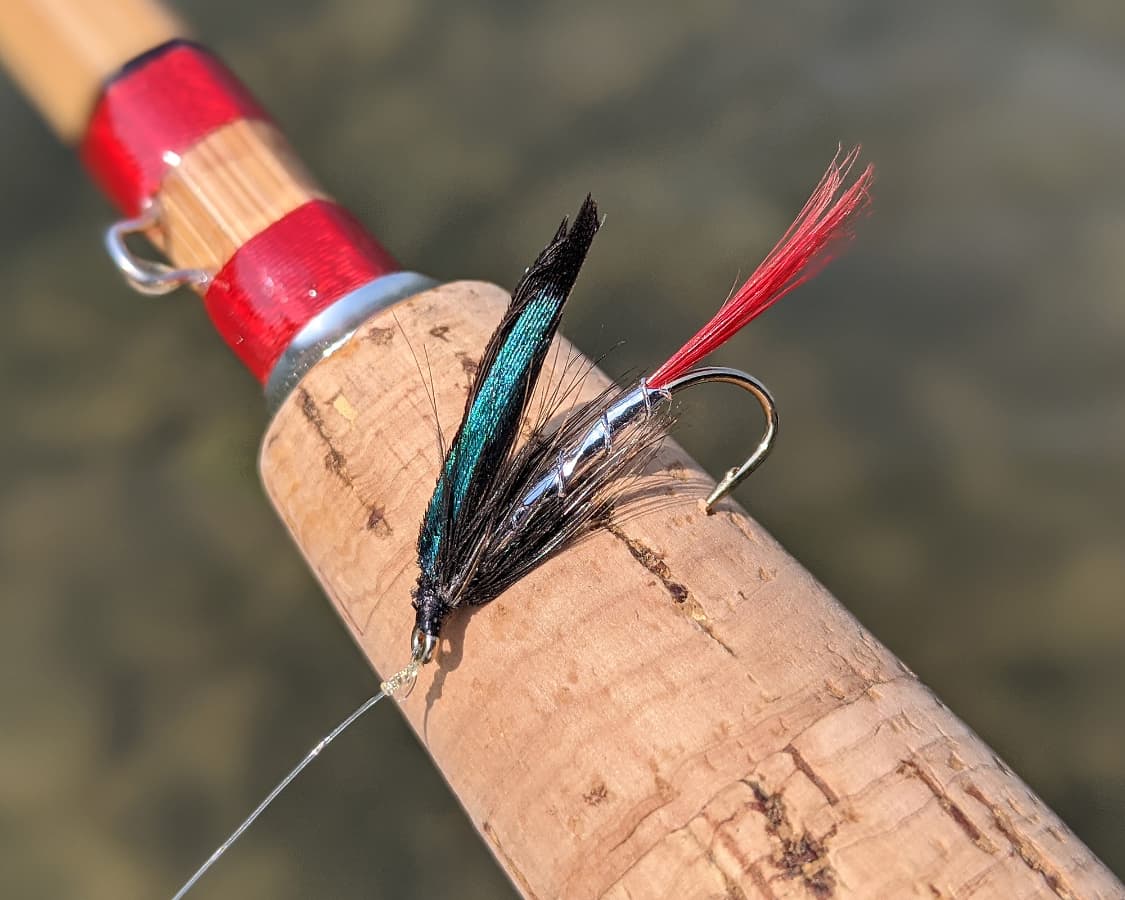Ask MidCurrent: Matching Tippet Size to Fly Size

Image by Kent Sanders
Question: How do I know what size tippet to use in relation to fly size? Is there a formula? What else should I consider when choosing tippet?
Answer: The tippet, that delicate section of the leader connecting to your fly, plays a vital role in presenting your offering naturally and enticing fish to strike. Selecting the right tippet size can be a daunting task, especially for beginners. To understand the importance of matching tippet size to fly size, we must first consider the relationship between the two. In general, larger flies require heavier tippets, while smaller flies demand finer tippets. This is because larger flies create more resistance in the water, necessitating a stronger tippet to turn them over properly and prevent breakoffs. Conversely, smaller flies are more delicate and require a thinner tippet to present them naturally and avoid spooking wary fish.
The Rule of Four: A Simple Guide
To simplify the process of matching tippet size to fly size, many anglers rely on the “Rule of Four.” This rule suggests dividing the fly size by four to determine the appropriate tippet size. For example, if you’re fishing with a size 16 fly, you would use a 4X tippet (16 divided by 4 equals 4). While this rule provides a solid starting point, it’s essential to remember that other factors, such as water conditions and fish species, can influence your choice of tippet.
Factoring in Water Conditions
Water conditions play a significant role in determining the appropriate tippet size. In clear, calm water, fish are more easily spooked, requiring a finer tippet to present your fly with finesse. In such conditions, you may need to go one or two sizes lighter than the Rule of Four suggests. Conversely, in turbid or fast-moving water, fish are less likely to be spooked by a heavier tippet, allowing you to use a stronger tippet for better control and to prevent breakoffs.
Considering Fish Species and Behavior
Different fish species and their behavior also influence your choice of tippet size. For example, when targeting wary trout in gin-clear streams, using a fine tippet is essential to avoid alerting them to your presence. On the other hand, when fishing for aggressive species like bass or pike, a heavier tippet is often necessary to withstand their powerful strikes and runs.
Experimentation and Adaptation
While guidelines like the Rule of Four provide a solid foundation, the key to consistently matching tippet size to fly size lies in experimentation and adaptation. As you spend more time on the water, you’ll develop a keen sense of which tippet sizes work best in various situations. Don’t be afraid to try different tippet sizes and observe how they affect your presentation and catch rates. Over time, you’ll refine your skills and instinctively know which tippet to reach for in any given scenario.
Mastering the art of matching tippet size to fly size is a critical skill for any angler looking to improve their success on the water. By understanding the relationship between tippet and fly, utilizing guidelines like the Rule of Four, factoring in water conditions and fish species, and embracing experimentation and adaptation, you’ll be well on your way to presenting your flies flawlessly and enticing more fish to strike. Remember, the delicate balance between tippet and fly is a dance that requires patience, practice, and a willingness to learn from both successes and failures. Embrace the challenge, and you’ll find yourself becoming a more complete and effective angler.











